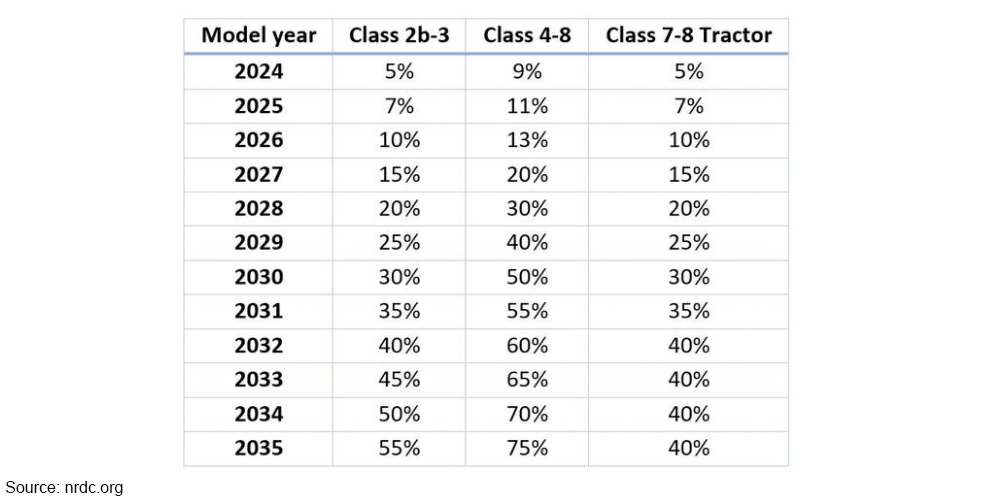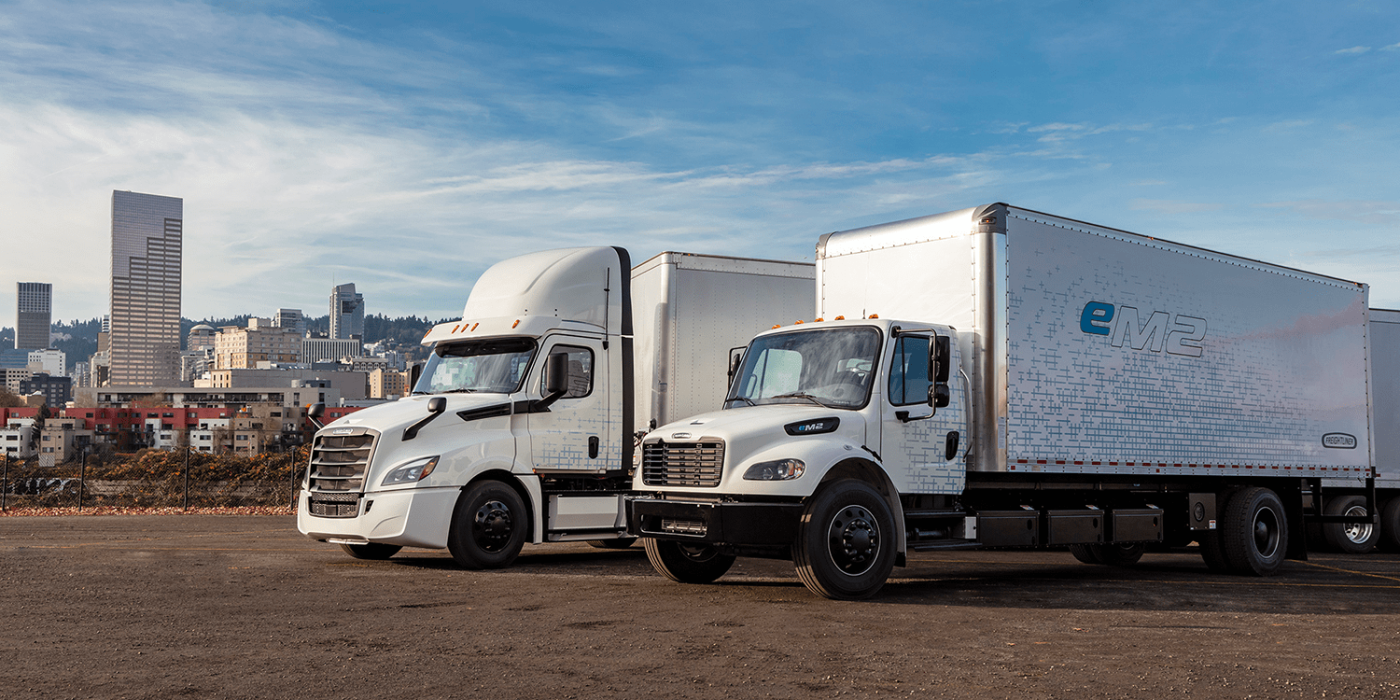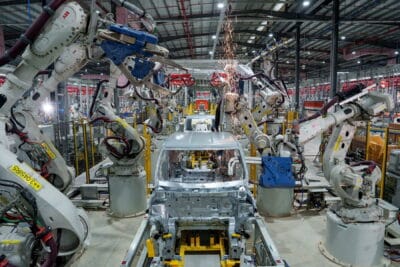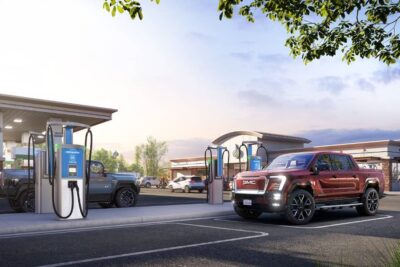California introduces Advanced Clean Trucks scheme
California now requires manufacturers to sell a gradually increasing proportion of electric trucks, vans and pickup trucks from 2024 onwards until 2035. By the year 2045, every new commercial vehicle sold in the US state should have zero-emission propulsion.
The corresponding regulation ‘Advanced Clean Trucks’ has now been passed by the California Air Resources Board (CARB). So in addition to the longer-standing ZEV quotas for passenger cars and the decision that all Californian transport companies may only buy fully electric buses from 2029, there are now also regulations for the electrification of all commercial vehicles, including trucks, vans and pickup trucks in the USA.
“For decades, while the automobile has grown cleaner and more efficient, the other half of our transportation system has barely moved the needle on clean air,” said CARB Chair Mary D. Nichols. “Diesel vehicles are the workhorses of the economy, and we need them to be part of the solution to persistent pockets of dirty air in some of our most disadvantaged communities. Now is the time – the technology is here, and so is the need for investment.”
These regulations will have an especially significant impact in the Los Angeles area and the San Joaquin Valley, where the population is disproportionately affected by the health effects of the trucking sector. In areas close to freeways, ports and freight hubs the local communities are often subject to over a 1,000 diesel trucks rumbling through per hour.
CARB points out that: “Trucks are the largest single source of air pollution from vehicles, responsible for 70 per cent of the smog-causing pollution and 80 per cent of carcinogenic diesel soot even though they number only 2 million among the 30 million registered vehicles in the state.” Therefore, the function of the Advanced Clean Truck Regulation is described by CARB as being “to accelerate a large-scale transition of zero-emission medium-and heavy-duty vehicles from Class 2b to Class 8.”

To the vehicle classifications, the regulations affect Classes 2b and 3 are light to medium trucks with a maximum gross vehicle weight of 4.536 (2b) and 6.35 tons (3) respectively. These include some versions of the Chevrolet Silverado, GMC Sierra or the Ford models F-250 and F-350. However, the F-150, which is popular in the USA and is also to be available as an electric version, is a “light” vehicle in class 2a with 3.856 tonnes and is therefore not affected by the regulation.
Classes 4 to 8 are also graded according to weight – up to 7.257 tonnes, up to 8.845 tonnes, up to 11.793 tonnes, up to 14.969 tonnes, and class 8 finally everything above that. The category of tractors refers to semi-trailer trucks.
The new quotas of required electric vehicle sales start between five and nine per cent in 2024, depending on the vehicle class. In 2030 this will be between 30 and 50 per cent and in 2035 as much as 75 per cent for commercial vehicles in types 4 to 8. California is thus targeting heavy pickups in particular, with the largest versions of these models falling into classes 5 or 6. However, this segment also includes smaller trucks such as the Peterbilt 325 – vehicles that would be classified as 7.5-ton trucks in Europe. Here, three out of four vehicles sold in 2035 must be electric. For the heavier semi-trailer trucks, California will cap the electric quota at 40 per cent from 2032.
California is giving the semi-trucks, which are generally used for longer distances, gentler regulations for the changeover. Nonetheless, California intends to stick to its overall goal of only allowing emission-free commercial vehicles from 2045.
The proposed regulations are likely to have an impact beyond Californian borders. The leading-by-example effect is likely to be similar to that felt across the passenger car sector with the Californian ZEV mandate, which is being adopted by more and more states. And indeed, seven states and Washington, D.C. have announced that they will adopt California’s new clean truck standards, and others will likely follow. Another of the foreseeable effects felt across the country will be in the improvement of air quality and through the demonstration of zero-emissions logistics along national trucking routes, since California is home to an extensive freight industry and large truck market.
truckinginfo.com, forbes.com, arb.ca.gov, arb.ca.gov (factsheet)





0 Comments